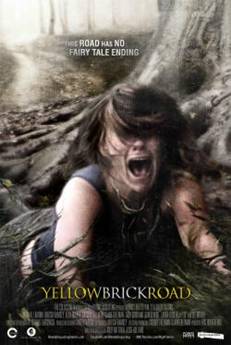Why Do You Like to Write? The Story of Janelle
 Writers of the Future Volume XXVII is now available for pre-order from Amazon. That any book with my work in it is available on Amazon blows my mind.
Writers of the Future Volume XXVII is now available for pre-order from Amazon. That any book with my work in it is available on Amazon blows my mind.
Anyway . . . this week I started writing some more observations on my experience at the Writers of the Future Workshop, but somehow got sidetracked into the rest of what you’re going to read. So I’m delaying more WotF until next week.
“Why did you become a writer?” or “Why do you like to write?” These are variants of the same question — one that most writers, whether career authors, part-timers, or hobbyists, encounter many times. The simplest questions are the trickiest to answer, as the Tao Te Ching points out: “Straightforward words sometimes seem paradoxical.”
Here are my straightforward words to answer both these questions: I enjoy telling stories by using words in interesting ways.
Now, to confuse the issue and make it paradoxical, allow me to tell you about a girl named Janelle.
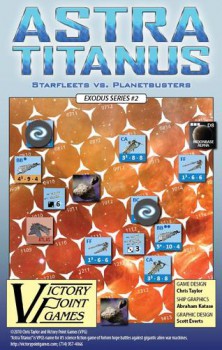
 In this double episode finale, we get to the end of one of the best seasons. It started out a little rocky, but had some of the series’ best episodes, I think. The finale happened while I was a on a plane to Arizona for vacation, so I wasn’t able to review it until I got back this week. (Gotta love DVR!)
In this double episode finale, we get to the end of one of the best seasons. It started out a little rocky, but had some of the series’ best episodes, I think. The finale happened while I was a on a plane to Arizona for vacation, so I wasn’t able to review it until I got back this week. (Gotta love DVR!)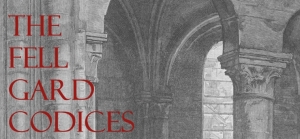 There’s been a lot of talk around the blogosphere lately about self-publishing, and its merits relative to traditional publishing. I’m not going to say anything about that, as such. But it seems obvious to me that self-publishing has a value if you have a story that could not, due to the nature of its form, be published traditionally.
There’s been a lot of talk around the blogosphere lately about self-publishing, and its merits relative to traditional publishing. I’m not going to say anything about that, as such. But it seems obvious to me that self-publishing has a value if you have a story that could not, due to the nature of its form, be published traditionally.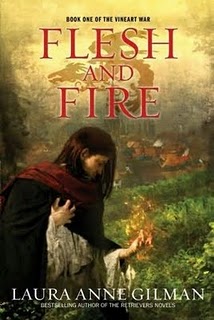 Flesh and Fire
Flesh and Fire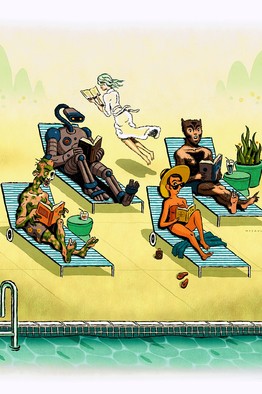 The Wall Street Journal weighs in on the
The Wall Street Journal weighs in on the 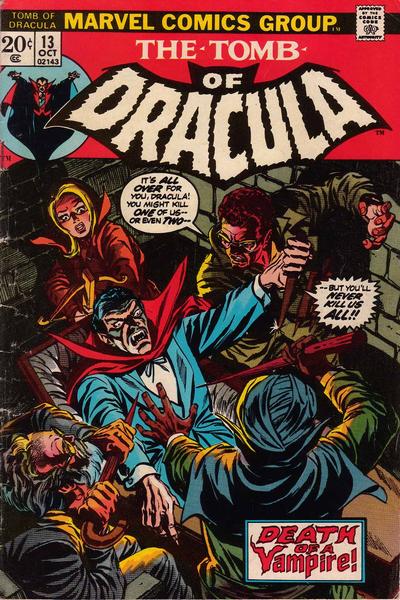
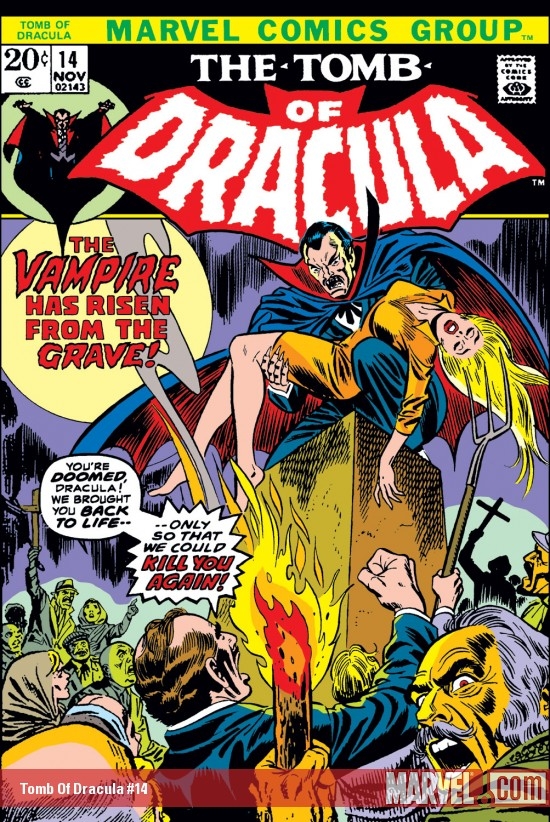
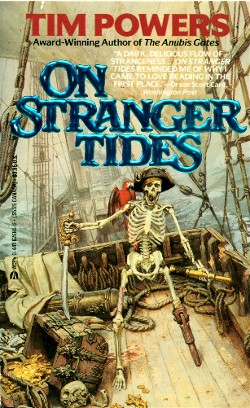 Extolling the virtues of Tim Powers to this audience is probably preaching to the choir, but if you haven’t yet read On Stranger Tides, get thee to
Extolling the virtues of Tim Powers to this audience is probably preaching to the choir, but if you haven’t yet read On Stranger Tides, get thee to 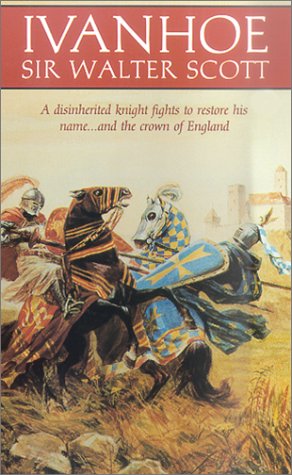 There’s a school of thought that views the Middle Ages as a dark gulf between the Classical Age and the rebirth of reason known as the Renaissance. The Middle Ages were, to paraphrase science fiction author David Brin, an unhappy time of small-mindedness and fear, marked by the squabbles of petty nobles, ignorance, superstition, and religious persecution.
There’s a school of thought that views the Middle Ages as a dark gulf between the Classical Age and the rebirth of reason known as the Renaissance. The Middle Ages were, to paraphrase science fiction author David Brin, an unhappy time of small-mindedness and fear, marked by the squabbles of petty nobles, ignorance, superstition, and religious persecution.